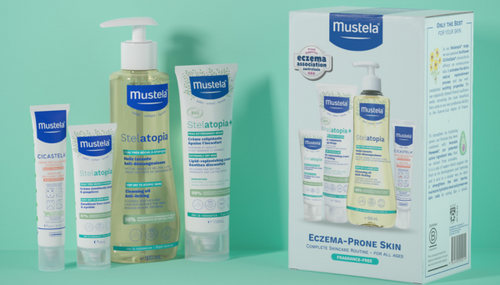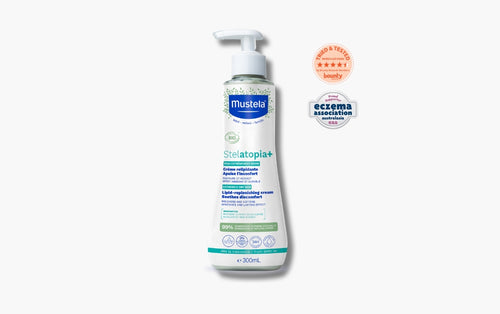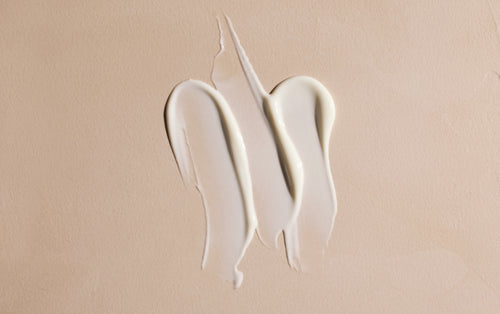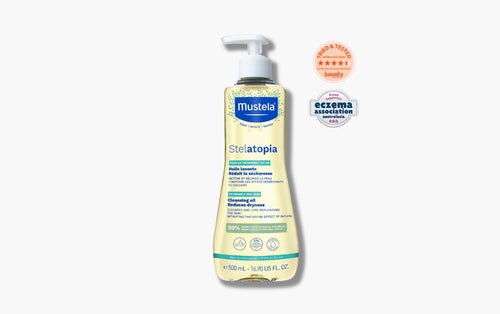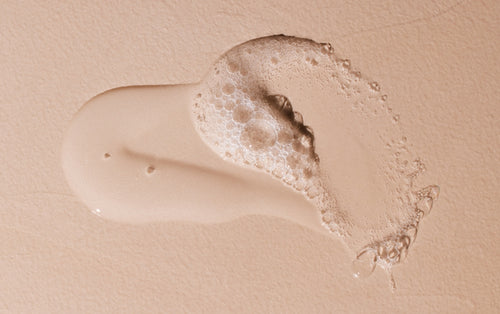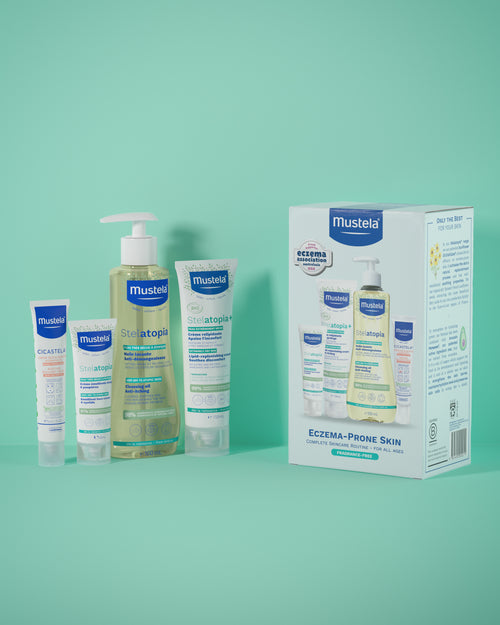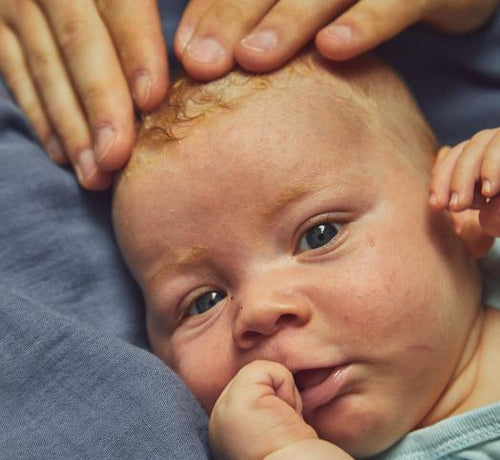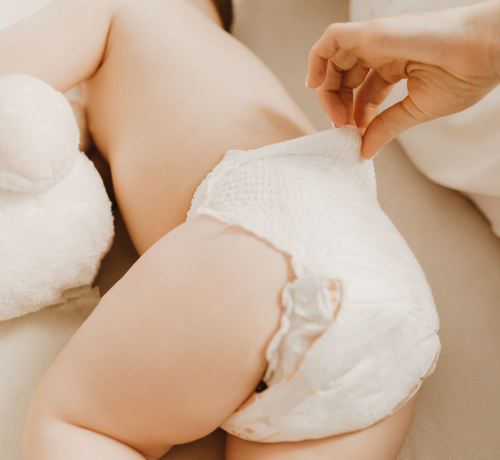Don’t be bothered by leaking
In the first weeks of breastfeeding, it’s common for milk to leak spontaneously. This can happen when you hear a baby cry, when your baby hasn’t nursed for several hours, when you’re thinking about your baby, during sexual relations or when you feel a strong emotion. These leaks can be annoying, but they are no cause for concern. Simply place a nursing pad in your bra to absorb them and then don’t worry.
Avoid cracks and chapping
Cracks and chapping, which many new mothers fear, occur more frequently among women with light skin and hair. They generally occur only during the first few weeks of breastfeeding and can range from just an irritated nipple to a fissure, which can make nursing sessions very painful indeed. Again, don’t worry: these are easy to avoid by taking a few precautions:
- Don’t remove the breast skin’s protective sebum by washing too frequently! One or two showers a day with a gentle cleansing gel is plenty.
- Make sure your baby is positioned correctly, facing the breast with his mouth wide open so he can latch onto the entire areola.
- After the feeding, dry your nipple and apply a special nursing repair cream.
- If cracks have formed despite your efforts, let your breasts air out as long as possible and regularly spread a special nursing repair cream on your painful nipples.
Avoid engorgement
The painful hardening of your breasts you’ve heard of is absolutely not inevitable! The best way to avoid it is to nurse your baby as often as possible starting as soon as possible, because engorgement is most frequent when your milk first comes in. If engorgement persists, you can hand-express breast milk by gently massaging the areola between your fingers. You may want to express milk under a warm shower, which helps the milk flow more easily. If you don’t succeed, try using a pump, and continue until your breasts soften and feel comfortable again.
Respond appropriately to mastitis
Sometimes, new mothers may feel a large and very painful swelling of the breast, which becomes red and hot. At the same time, they may also experience flu-like symptoms such as extreme fatigue and aches and pains. If you notice these symptoms, immediately take the following steps:
- Nurse your baby as often as possible, especially on the painful side.
- Rest, for real, in bed, with your baby beside you.
- Apply wet, hot towels to your painful breast, or use ice packs (wrapped in a cloth to avoid burns) if cold is more effective at relieving the pain.
- If you see no improvement within 24 hours, call your doctor, who will probably prescribe an antibiotic. You do not, however, have to stop breastfeeding when you have mastitis.


